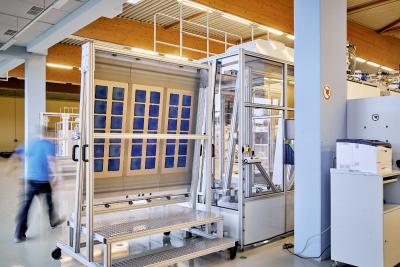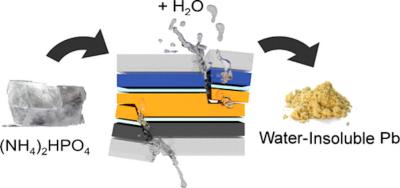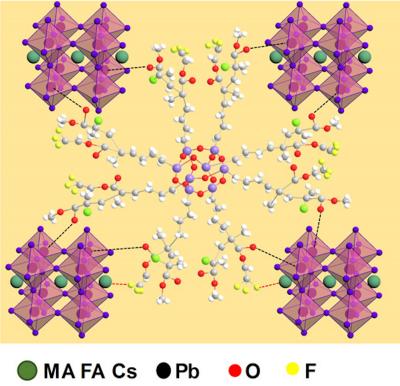HZB researchers show that one-sided nanotexturing can increases efficiency of solar cells
Philipp Tockhorn from Helmholtz-Zentrum Berlin (HZB) recently presented his team's work at the virtual OSA Advanced Photonics Congress (July 26th to 30th, 2021). In this new work, the researchers used simulation and experiments to illustrate that introducing a small nanoscale texturing on the surface of materials in perovskite or silicon tandem solar cells can raise the efficiency above 29%, by decreasing the amount of light energy lost by reflection.
The researchers presented nanotextured perovskite/silicon tandem solar cells that are on par with the best cells presented to date. These findings may contribute to the further development of highly efficient perovskite/silicon tandem solar cells and have the potential to further decrease the cost of solar electricity.


